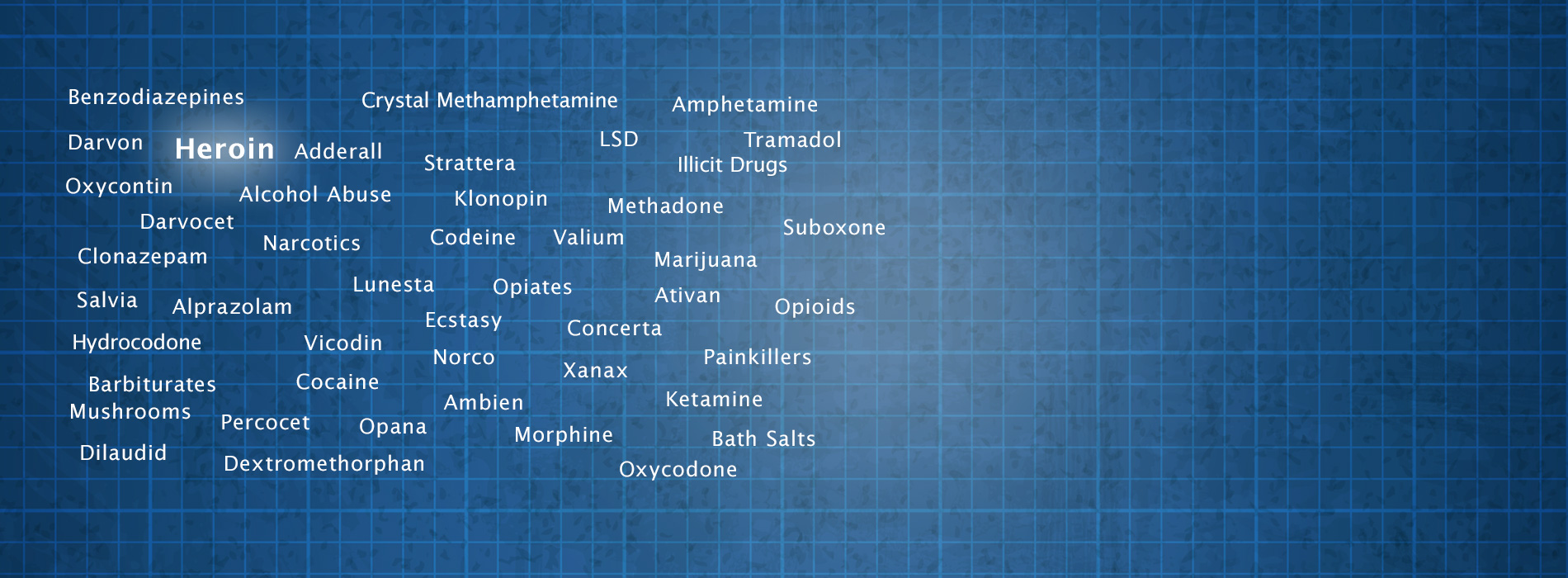Heroin Abuse and Addiction Treatment
Heroin is an addictive substance, but the addiction is treatable. However, heroin use and abuse is increasing, according to a survey conducted in 2011 by the Substance Abuse and Mental Health Administration (SAMHA). They estimate that more than 600,000 people each year use heroin, with the number steadily on the rise. The increase is most evident among young adults ages 18 to 25 years. Young adult use also increased, going from 50,000 per year to almost 90,000. Also, over 4 million Americans ages 12 and older reported using heroin at least once during their lives, with more than 23 percent becoming regular, dependent users.
Opium, Morphine, and Heroin Use
An opioid drug that is synthesized from morphine, heroin is a naturally occurring substance that comes from the seed of the Asian poppy plant. Heroin is sold as a white or brown powder, or as “black tar heroin,” which is a black sticky substance. People with a heroin addiction need to seek medical care from healthcare providers and rehabilitation (rehab) centers. A combination of medical and behavioral therapies are used to integrate the addict back into society so he or she can live a productive and positive life.
Opium addiction was a real problem in the U.S. during the 1850s. The solution for this problem was to substitute opium with a less addicting substance – morphine. However, doctors found that morphine was an equal addicting substance. After the morphine problem was discovered, experts tried another non-addictive substance – heroin. However, heroin was found to be more addictive than opium and morphine. The mortality rate of heroin addicts is estimated to be twenty times greater than the non-user population, as of the late 1990s.
Use and Effects of Heroin
Heroin is often injected, but can be smoked, snorted, or inhaled. These routes of delivery allow the drug to reach the brain quite rapidly, and this puts the user at serious risk for addiction. Heroin addiction is considered to be a chronic relapsing disease that causes brain changes and uncontrollable drug-seeking behavior regardless of the known consequences.
When heroin reaches the brain tissue, it is then converted back to morphine, binding to opioid receptors (molecules on cells). The specific receptors are located on the brain and they perceive pain and issue a reward. Located on the brain stem, these receptors affected by heroin can lead to suppression of respirations, lowering of blood pressure, and drowsiness. Intravenous (IV) injectors of heroin report surges of “rush,” which is a euphoria accompanied by warm skin, dry mouth, and a drowsy state. Regular use of heroin changes brain functioning, and tolerance often occurs. This means the user must have more and more of the drug to experience the euphoria or “high.”
Treatment for Addiction
If one is addicted to heroin, there are numerous treatment options, such as medications and behavioral therapies. These are often used in combination to assist the addict with recovery. Commonly used medications include methadone and buprenorphine, which bind to the same receptors in the brain, but more weakly than heroin. This reduces the drug craving. Also, naltrexone is a drug used to block the opioid receptors entirely, preventing the addict from having the “high” or effects.
Resources

